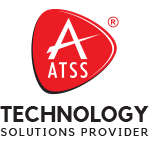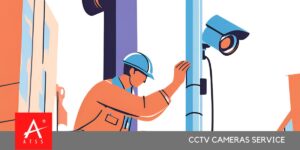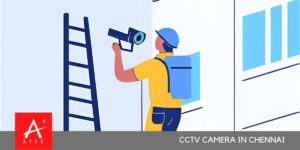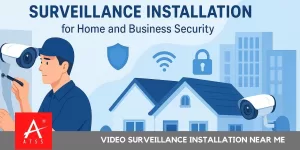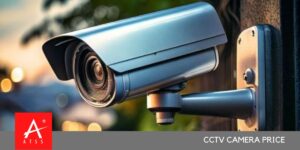ATSS Blog – Your Security & Automation Guide
Welcome to the ATSS Blog, your trusted source for smart security and automation insights. Since 2003, ATSS has been safeguarding homes, businesses, schools, and industries with cutting-edge solutions like CCTV, biometric systems, access control, burglar alarms, boom barriers, and smart locks.
Here, you’ll discover expert tips, latest product updates, installation guides, and real-world success stories to help you make informed choices. Whether you’re upgrading your home security or planning large-scale automation, our blog keeps you ahead with trends and technologies. Stay connected, stay protected—with ATSS.
![]() Call/WhatsApp ATSS : 91500 12345 | WhatsApp – Expert solutions, tailored for you.
Call/WhatsApp ATSS : 91500 12345 | WhatsApp – Expert solutions, tailored for you.
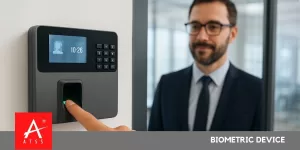
Biometric Device
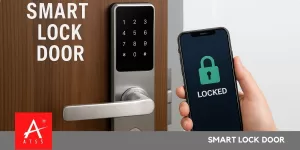
Smart Lock Door
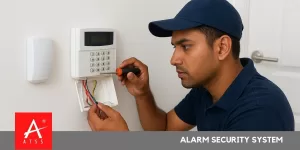
Alarm Security System
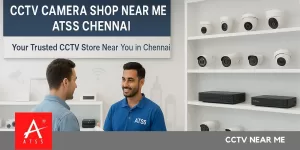
Cctv Near Me | CALL 9150012345
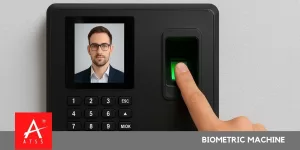
Biometric Machine
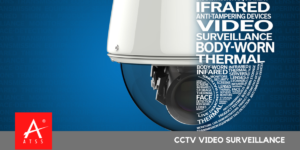
Installing Cctv Cameras
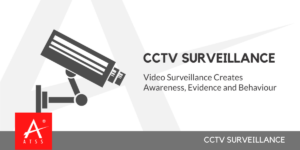
CCTV Camera Surveillance
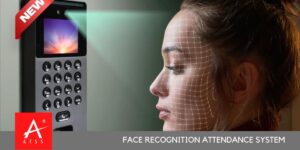
Face Recognition Attendance
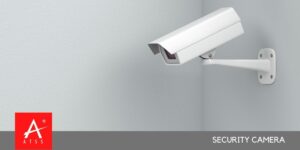
Security Cameras Cctv Camera
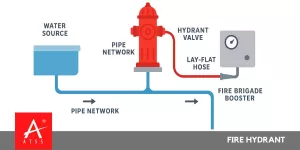
Fire Hydrant

House Security Cameras
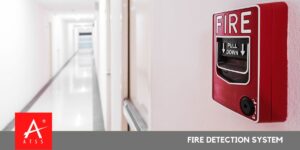
Fire Detection System

